Tours
As part of the work at The Nubuke Foundation Centre for clay and Textiles in Wa, we visited eleven sites in Nadowli, three in Nandom, and six in Wa. We documented them to create a map of these sites as tourist destinations and for developing other multimedia features based on the history and culture of these towns.
Sites Visited
Overview
Sankana Caves
Ombo Mountains
The Falantan Anthills
Duong Bone Setting Clinic
Paala Golo Pie
George Zangnaah
The Gure Porcupine Sanctuary
The Royal Mausoleum
St. Theresa’s Minor Basilica
Gengenkpe
Babile Market
The Pakor Tang
Wa Naa's Palace
George E. Ferguson Tomb
Nakori Mosque
Weichau Community Hippo Sanctuary
Dondoli
Jen-Jeng
Wa Market
The Upper West region is one of the 16 administrative regions in Ghana and was the youngest region until the creation of the Savannah Region in 2019. The Centre organizes tours to sites within Wa Municipal, Nadowli-Kaleo District and Nandom Municipal. Schedule individual or group tours here.
Sites Overview
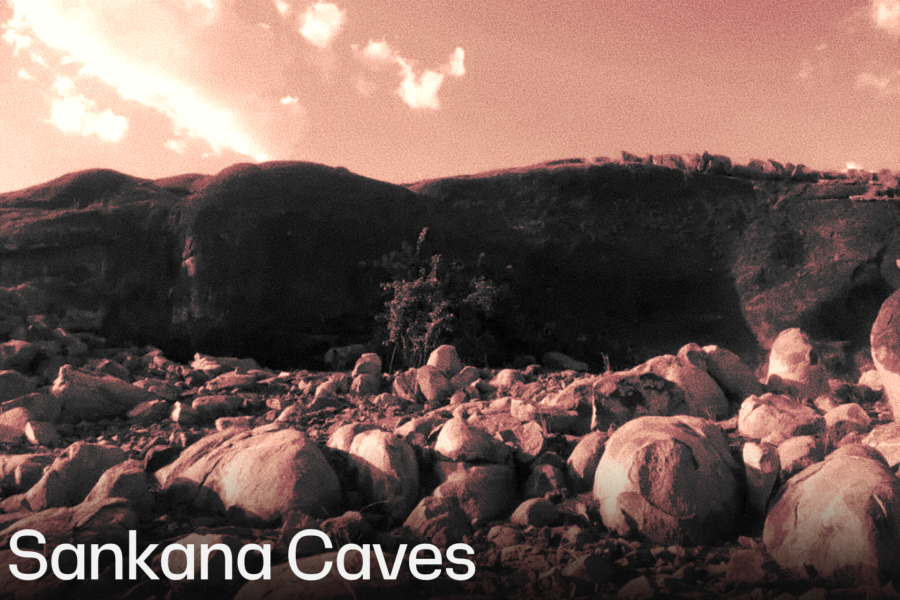
Sankana is about 19 km away from Wa, the Upper West regional capital city. The village is surrounded by a network of caves that span four square kilometers. Historically, Sankana warriors used the caves as a defense mechanism against slave raiders, notably Samori and Babatu. The chief instituted the Feok Festival in remembrance of one of Sankana’s victories over slave raiders. It is celebrated every December.

Ombo Mountain is situated at the foot of Ombo Village in Nadowli-Kaleo. It was used as a refuge for people fleeing from the notorious slave raiders Samori and Babatu. According to an elder, the mountain emerged from a river that once occupied the area. It is said that some of the slaves who had taken shelter in the mountain were buried alive when it emerged.
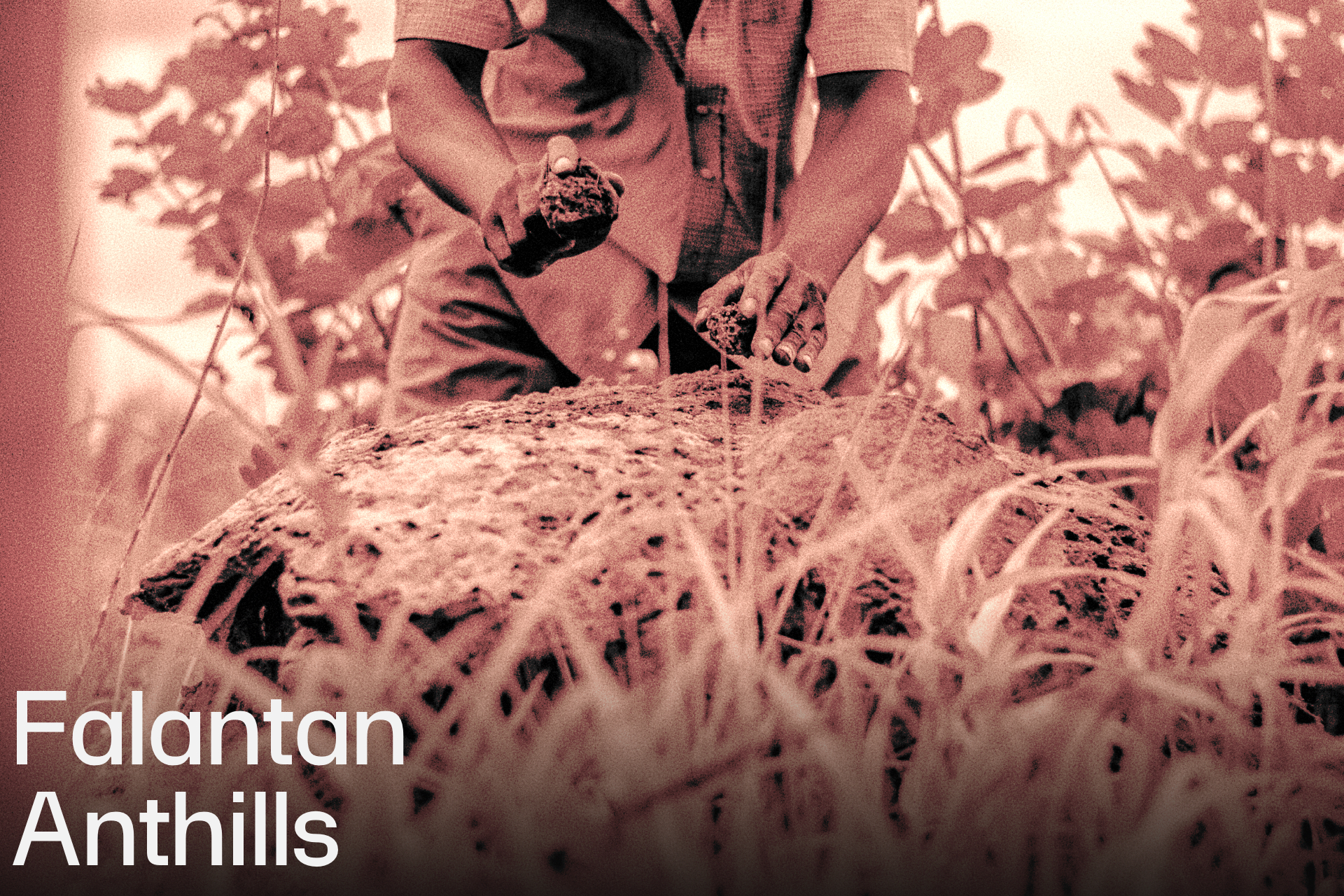
The Falantan Anthills are located near Nanville in the Nadowli-Kaleo District. They are naturally occurring anthills that cover several tons of acres of land. According to local folklore, the ants were believed to protect community members from slave raiders.

This is a bone-setting clinic located in Duong in the Nadowli Kaleo District. The custodians of the clinic believe that the knowledge was passed down to them over several generations.
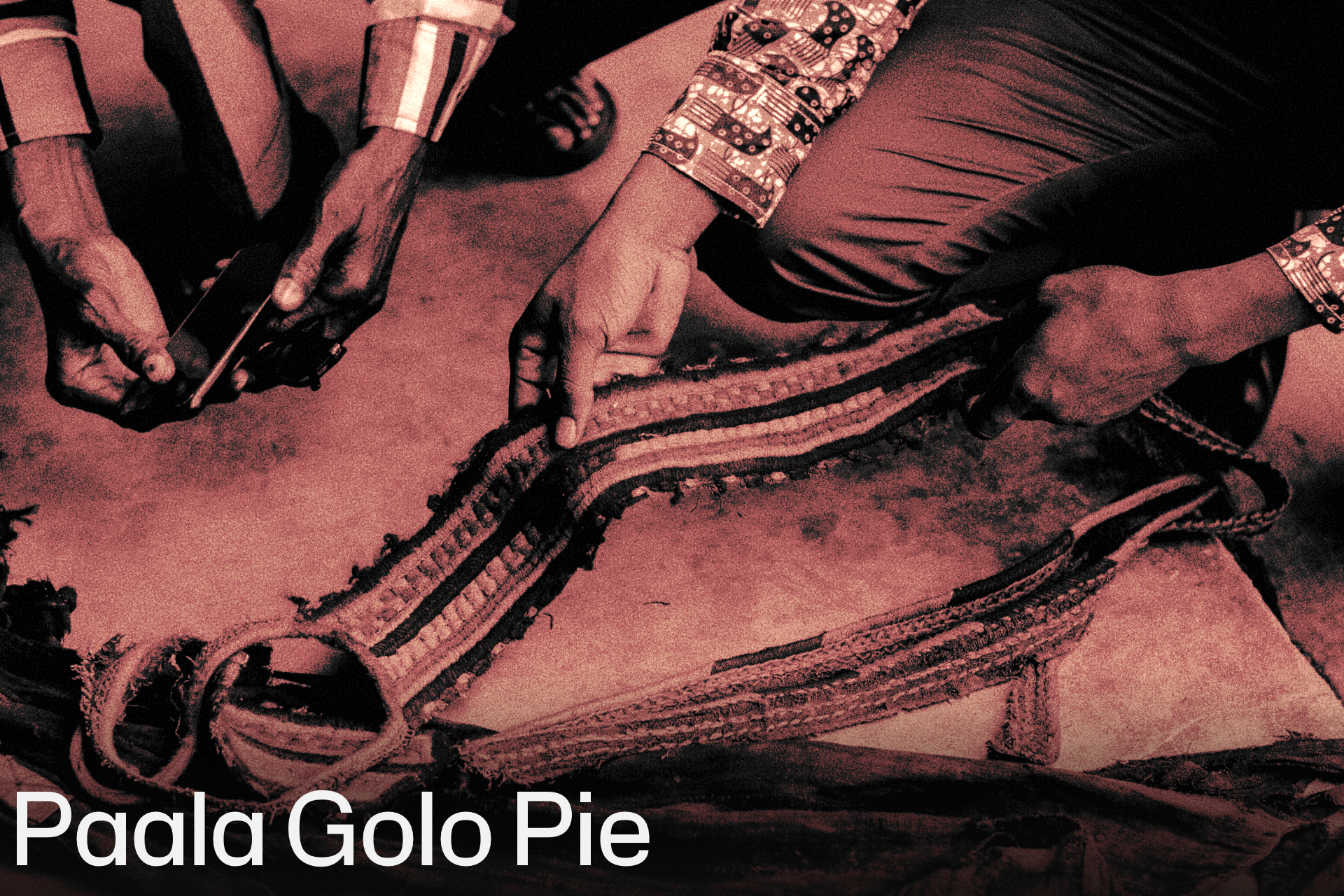
The Golo Pie is a spring rock that has been used as a source of drinking water for the Paali community. In addition to its primary function as a water source, it also served as a protective zone against slave raiders. The community employed local weapons such as swords and protective clothing to defend themselves against such attacks.

George Zangnaah is a xylophone maker and player based in the town of Takpo. He is one of the custodians of traditional and cultural knowledge with respect to musical instruments of the Dagaaba people. With this knowledge, he produces xylophones which are unique and project the cultural identity of the Dagaaba people in Takpo. The xylophone consists of wooden bars and gourds.
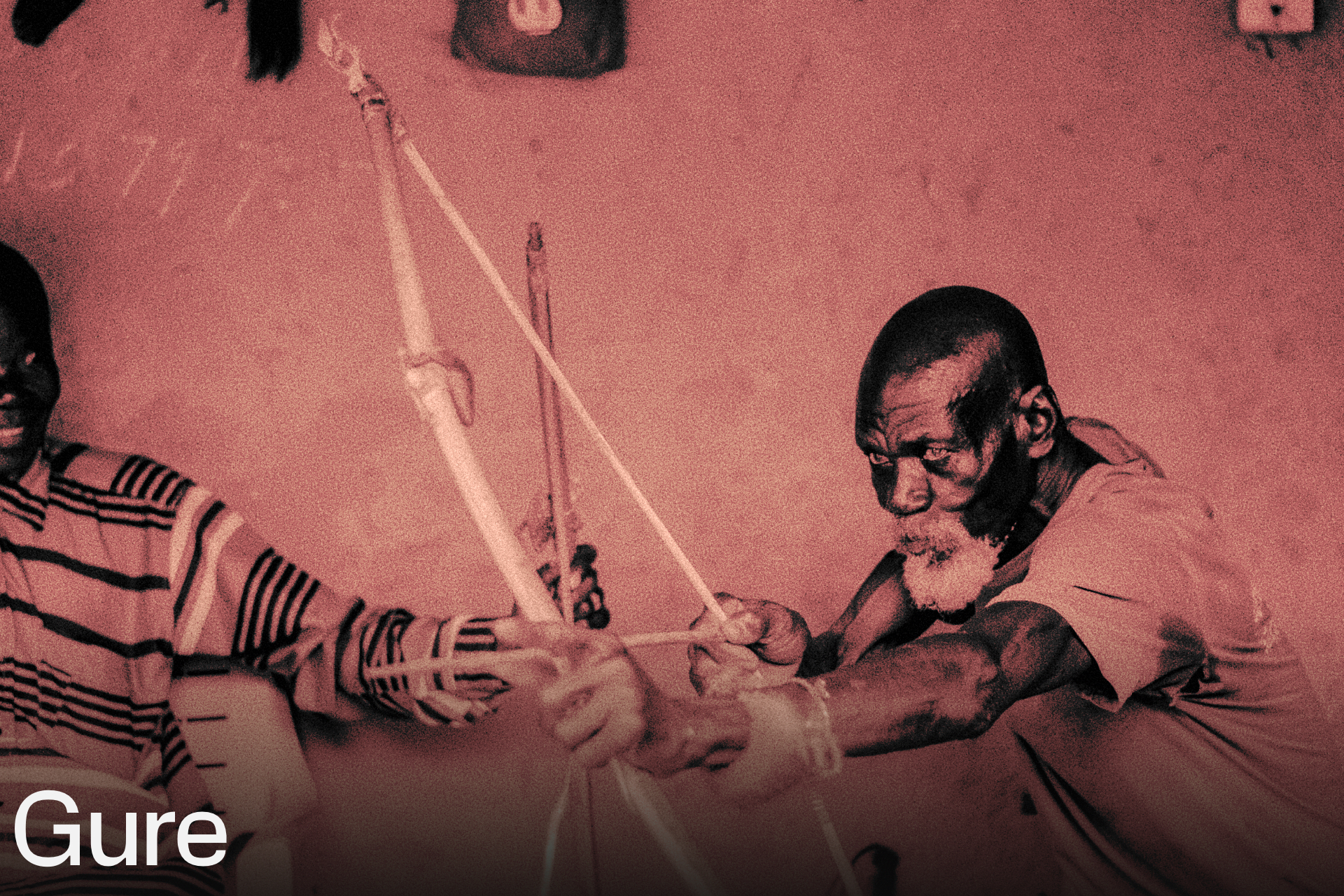
The Gure Porcupine Sanctuary is located in Gure within the Nadowli Kaleo District. The sacred grove contains porcupines which are the totem of the people of Sombo. As a result, the people of Sombo who share a boundary with the Gure community are prohibited from hunting and killing them for food.

The Royal Mausoleum is located in Kaleo in the Nadowli-Kaleo district. It serves as a burial ground for the chiefs of Kaleo. The burial ground is home to a huge Baobab tree which is believed to have emerged from the exact spot where one of the chiefs was buried. Every year, the chief of Kaleo is expected to perform some rituals at the Royal Mausoleum grounds.
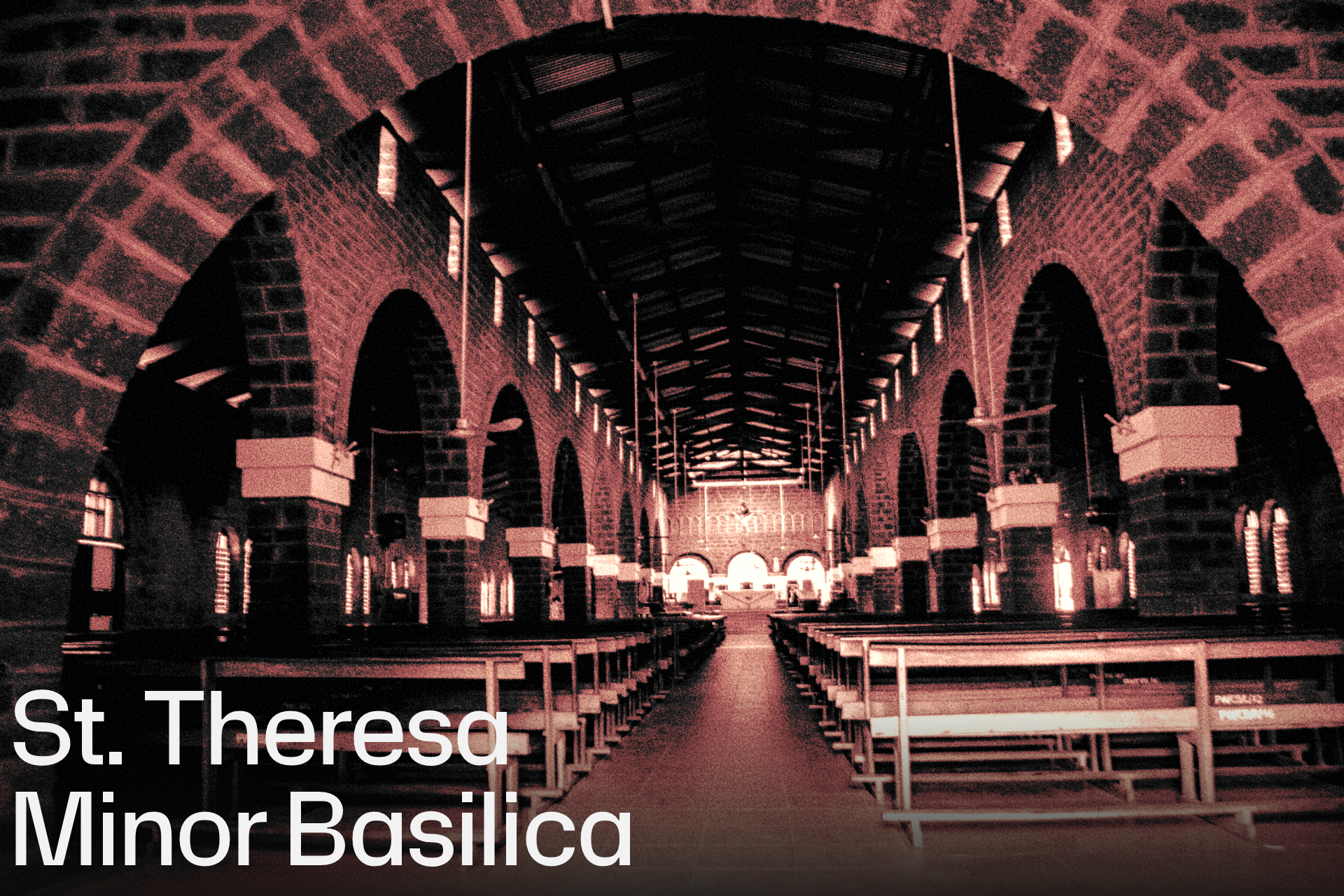
The St. Theresa Minor Basilica is the main church of the Nandom Parish of the Catholic church. It is located within the Nandom municipality. The building is the largest all-stone church that was built by the missionaries of West Africa (White Fathers). The construction of the building took place from January 1933 to December 1936.
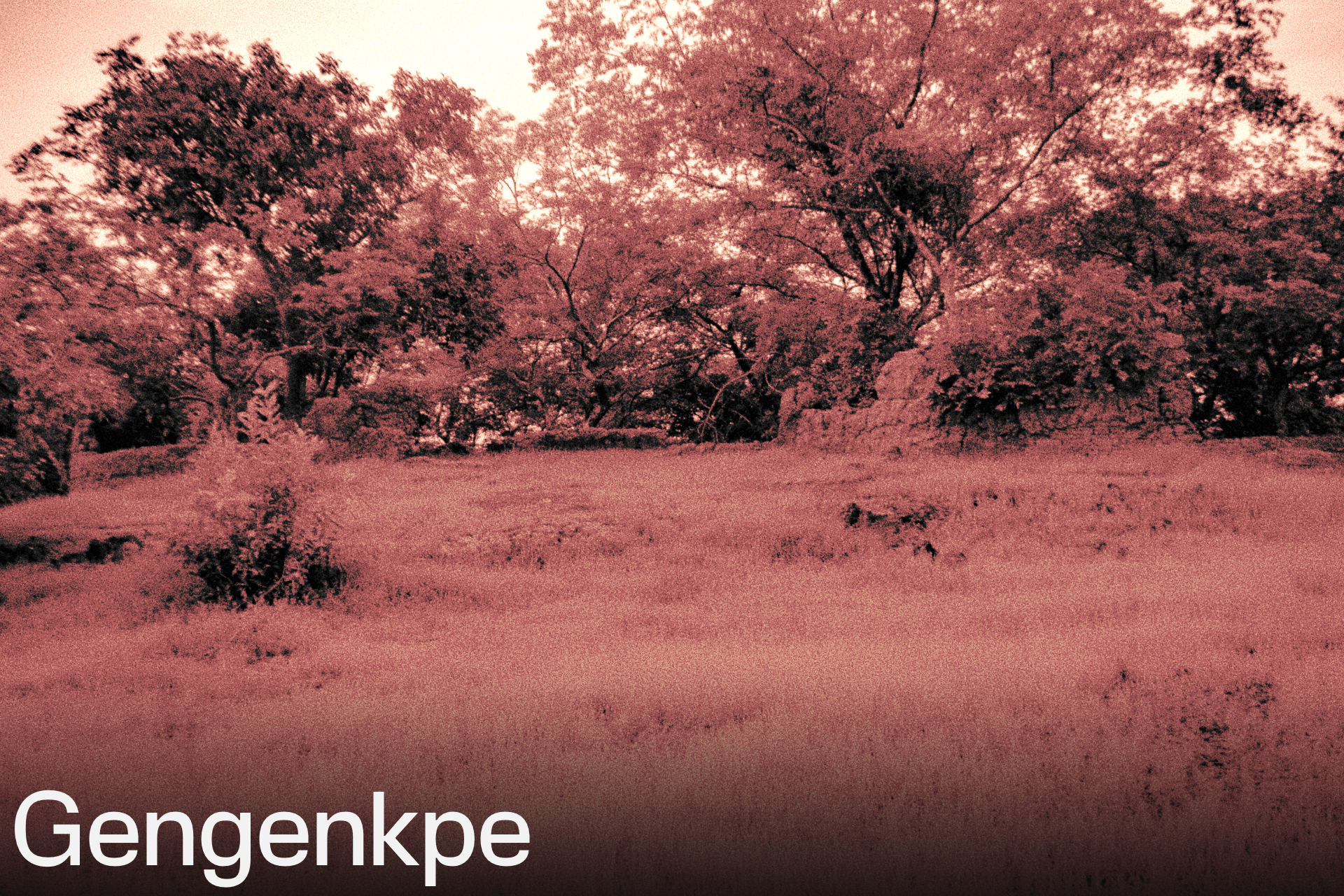
The community is the site of the first white settlements in the North Western part of Ghana. The site is located in the South Western part of Nandom near the Black Volta. The site still has some of the broken walls of the first settlement. The settlers stayed at Gengenkpe before moving to Nandom.

Babile Market is located in Babile and is one of the largest markets within the Lawra district. The market days are within a 6-day cycle. The market showcases the rich and diverse products of communities in and around Babile such as pots, shea butter, grains and cereals, fabrics, and locally prepared food.

The Pakor Tang (Hill) is located in Zingmoupare in the Nandom municipality. Pakor Tang is home to the sacred gods of the Zingmuopare people. The hills were instrumental in defending them against slave raiders. To this end, they have a section of the hill they call Muol Nye Kono which means ‘peep and weep’. It is a part of the hill that people are forbidden from getting to. However, in extremely rare circumstances, such as matters of life and death, one may be permitted to go there and make a wish.

The Wa Naa’s Palace in the Upper West Region was built in the 19th Century, specifically in 1889. It is the home of the King of the Wala people. The palace is built in the Sudanese architecture and is made of mud bricks, sun-dried mud walls and Y-shaped wooden columns that support the flat roof covered with mud.

George E. Ferguson (1886-1897), a native of Anomabu in the now Central region of Ghana, was the first British official to reach Wa. He subsequently signed two trade treaties with the Wa Naa, the overlord of the Waala kingdom. His work led to the formal colonisation of the northern regions of Ghana. Ferguson was killed near Wa by the Mande warlord and slave raider Samory, a notorious slave raider. His mortal remains are buried in Wa.
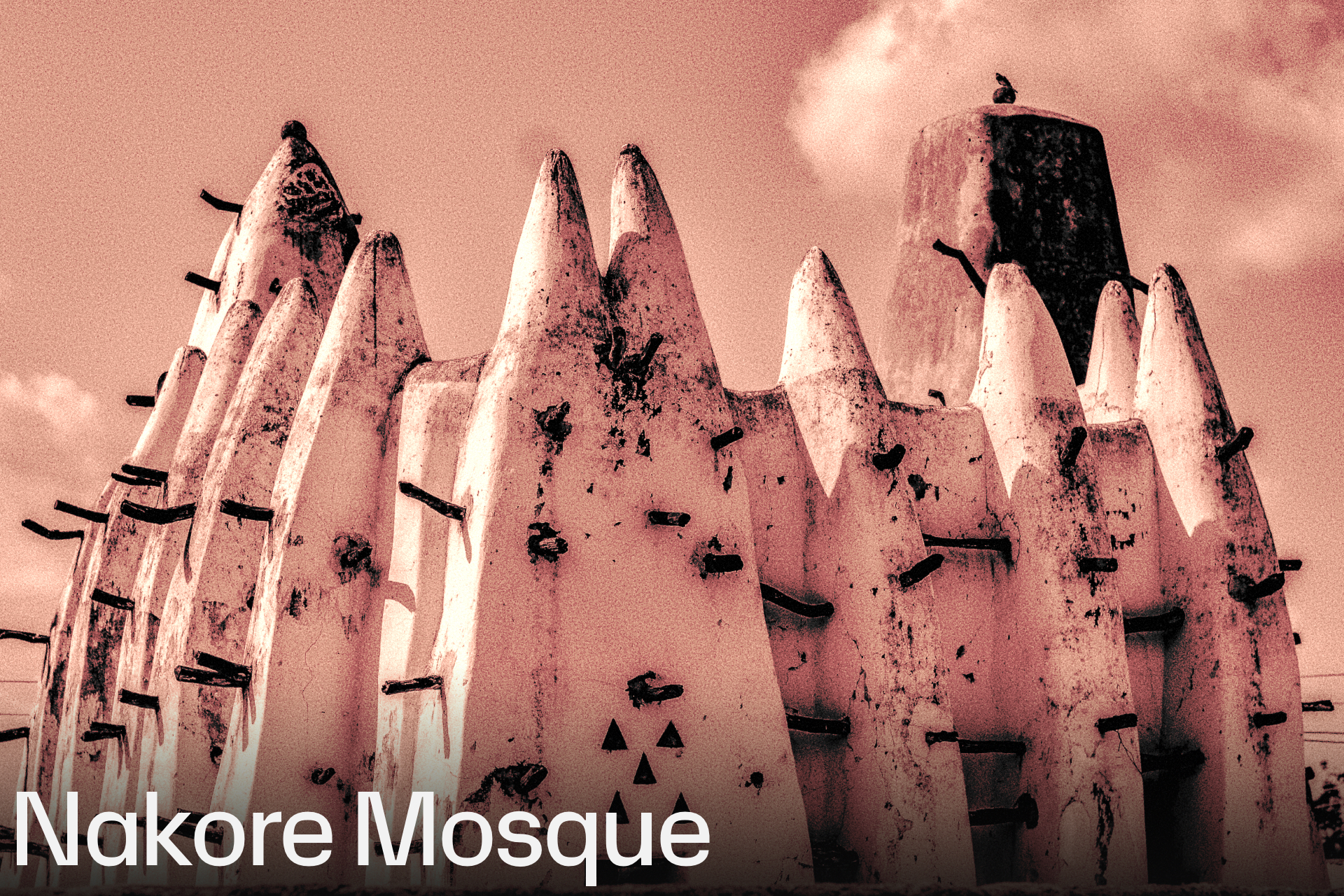
Nakori Mosque is a mosque built in the Sudanese architectural style in the village of Nakori, southwest of Wa in the Upper West region of Ghana. The Sudanese style is characterised by a flat roof, many buttresses with pinnacles projecting above the parapet, and mostly two pointed towers. The Nakori Mosque depicts the influence of Muslim/Islamic faith on the Waala people.
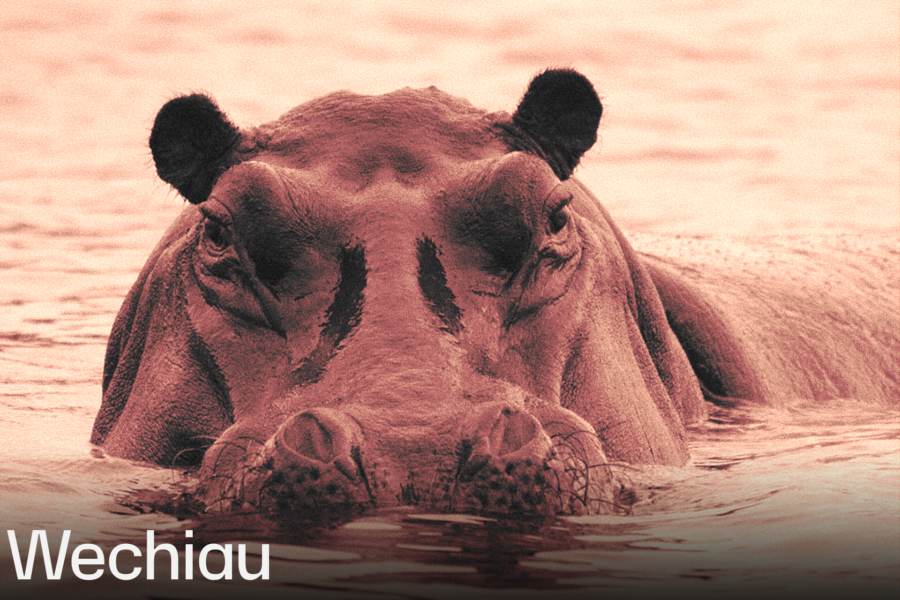
The Wechiau Community Hippo Sanctuary (WCHS) is a project started by the Wechiau community to preserve and safeguard the ecosystem of that area. In 1999, the sanctuary was created by local chiefs to serve as a home to one of the two hippos remaining in Ghana. The sanctuary has since then provided an adventurous experience to local and international tourists through its huge diversity of wildlife and ecosystem conservation.

Dondoli is a town in the Wala state. Typical of the Sudanese type of mud mosques, the Dondoli mosque has a flat roof and a rectangular shape with irregular shaped pinnacle buttresses and two-point towers (the minaret and the mihrab). The roof is made of timber logs. The minaret comprises a small prayer room with access to the rooftop. The whole structure is enforced with timber frames. Located in Dondoli, the structure depicts the rich heritage of the people. It further accentuates the deep Islamic influence on the region and culture of the Waala people. This 19th-century Dondoli mosque fell into disuse after a new one was built.
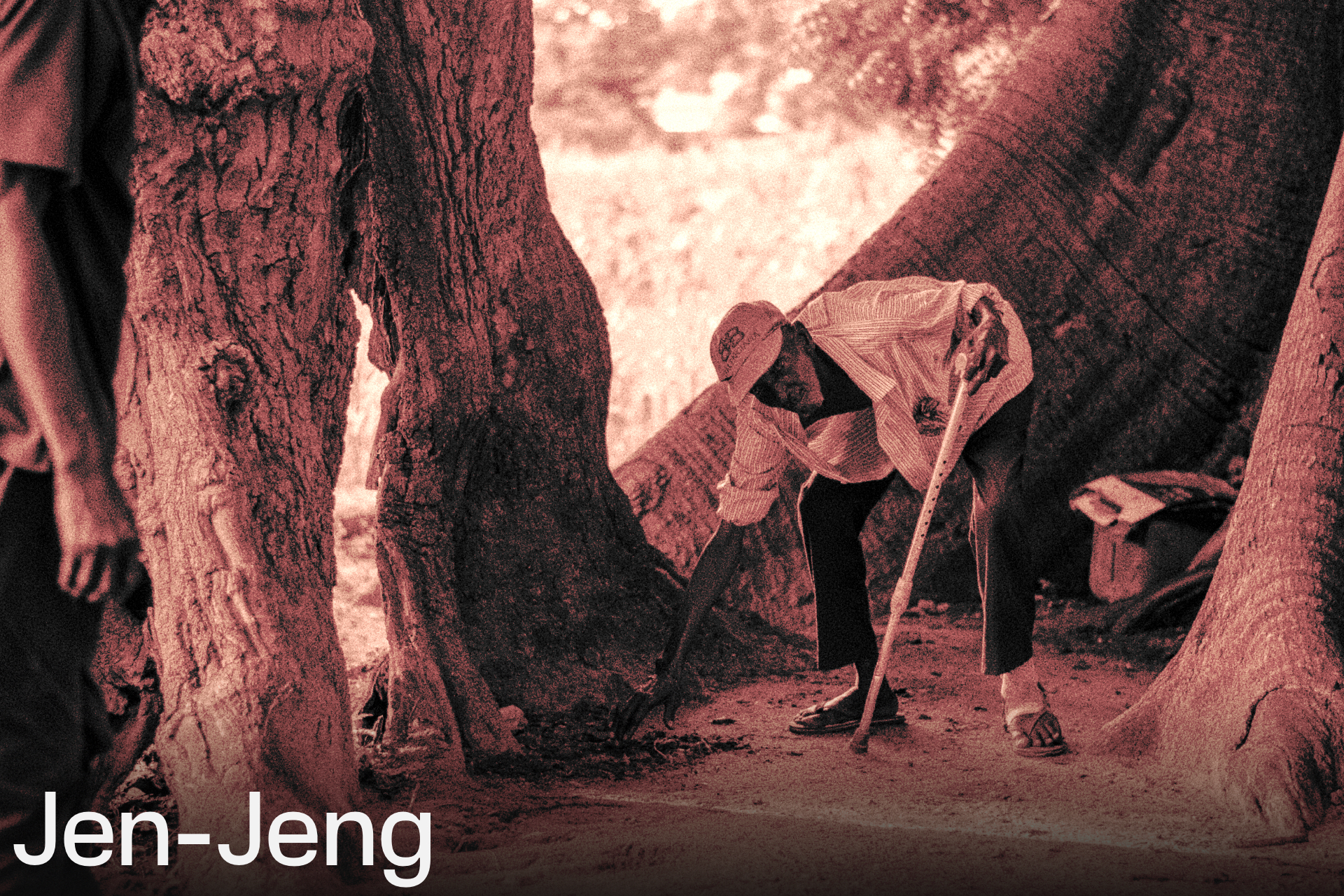
Jen-Jeng is a quarter of one of the indigenous settlers in Wa. It is a deity pond that is located in the heart of Wa, along the main traffic light to Dorimon road. The pond previously served as home to many crocodiles.

Wa is the centre of trade activities in the region. The market day in Wa is 7 days apart. During the market day, foodstuffs and other wares get transported from neighbouring villages to the market centre in Wa. The items include beans, maize, shea butter, pepper, dawadawa and the like.


